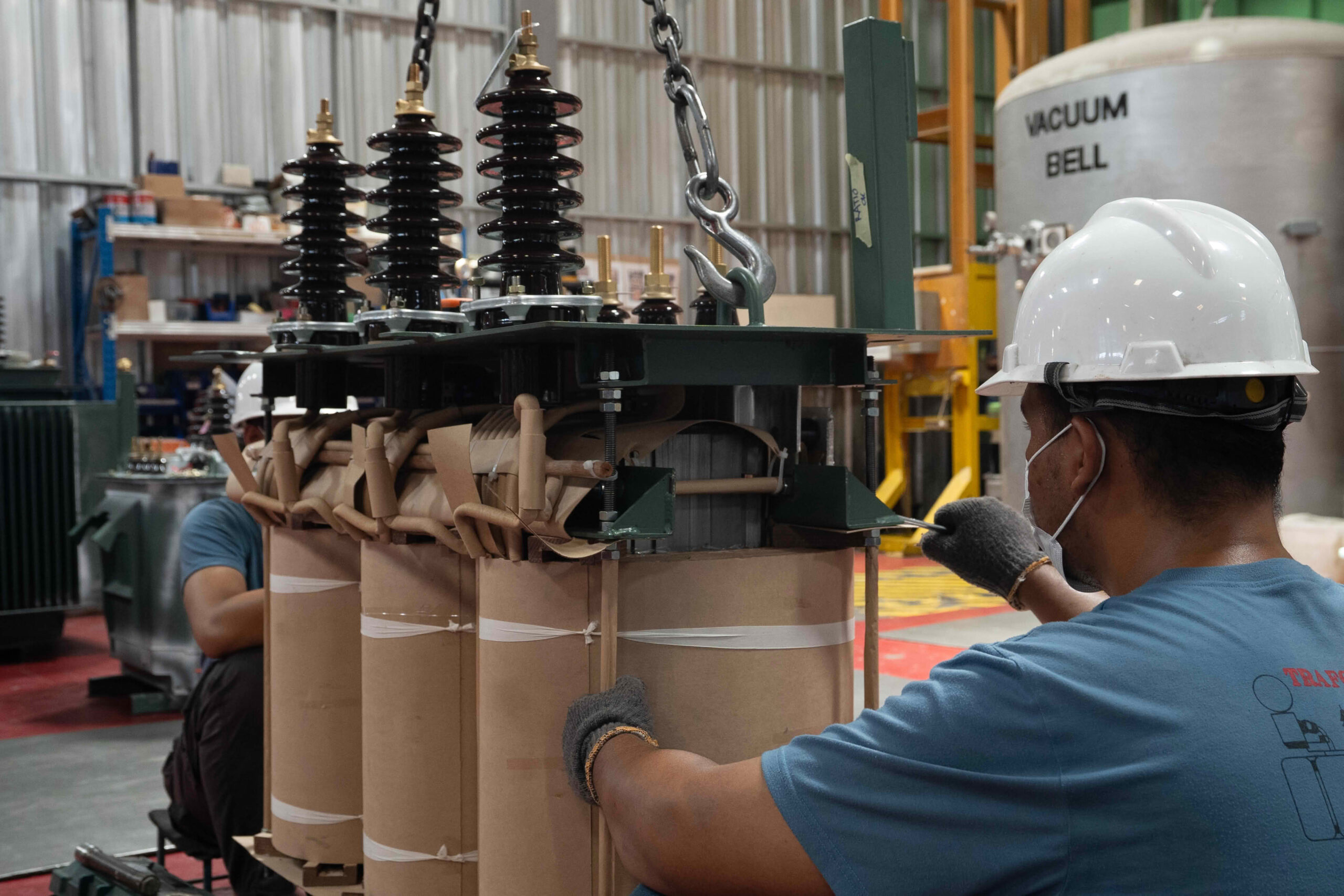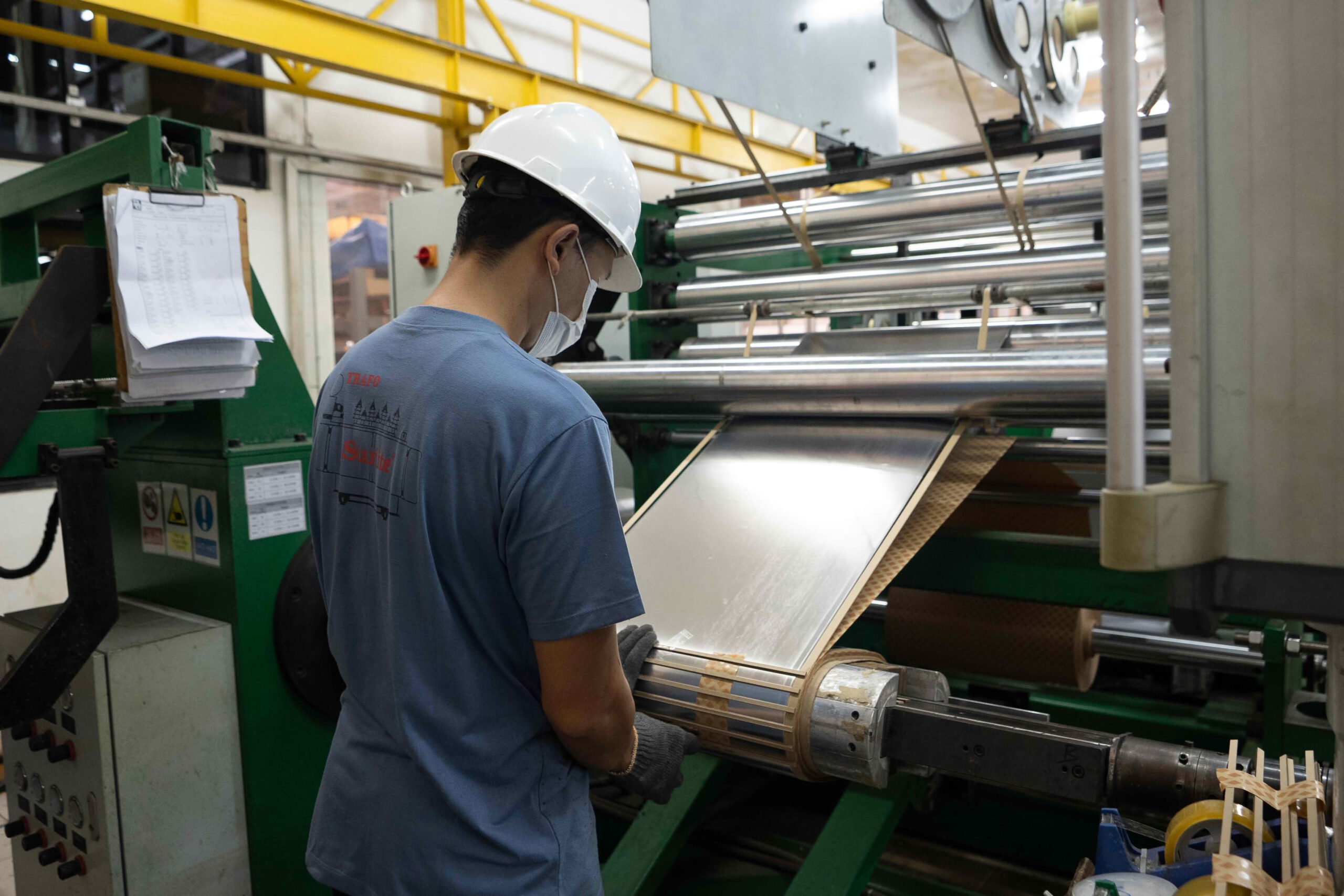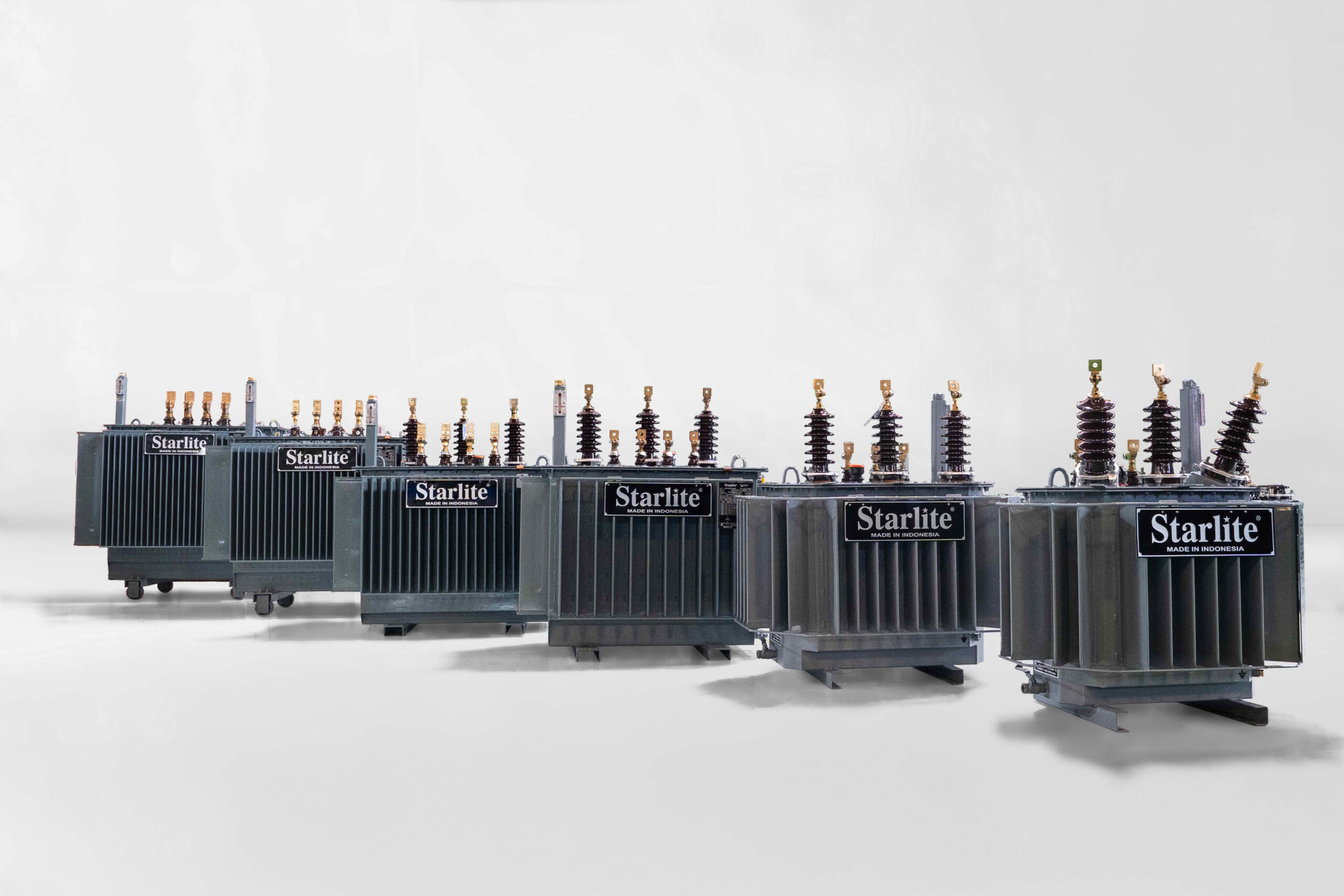26 April 2025
Transformers in The Renewable Energy Landscape: Enabling a Flexible, Green Grid
The global energy mix is shifting rapidly with the increased adoption of renewable energy sources such as solar, wind, and hydropower. However, integrating these intermittent and decentralized energy sources into existing power grids presents technical challenges. Transformers—specifically those tailored for renewable applications—are at the heart of overcoming these hurdles.
Renewable energy transformers must adapt to a wide range of operating conditions. For example, photovoltaic transformers must handle high-frequency inverters, while wind turbine transformers often operate in offshore or remote locations with fluctuating loads and harsh environmental conditions. The key requirements here are high thermal endurance, compact design, and resilience against grid disturbances.
Furthermore, smart transformers with integrated sensors and IoT connectivity are increasingly used in renewable installations to provide real-time performance data, predictive maintenance insights, and enhanced grid coordination. These capabilities are essential in microgrids and hybrid systems, where grid stability depends on fast response to dynamic load and generation profiles.
In Indonesia and across Southeast Asia, renewable energy capacity is expected to grow significantly in the coming decade. At Asata Utama, we are developing advanced transformer solutions that support seamless integration of renewable generation, ensuring a reliable and sustainable power future for the region.
Other News
Read All News
26 April 2025
Transformers in The Renewable Energy Landscape: Enabling a Flexible, Green Grid

26 April 2025
Sustainability in Transformer Technology: Reducing Impact, Enhancing Efficiency

26 April 2025
 ENGLISH
ENGLISH 